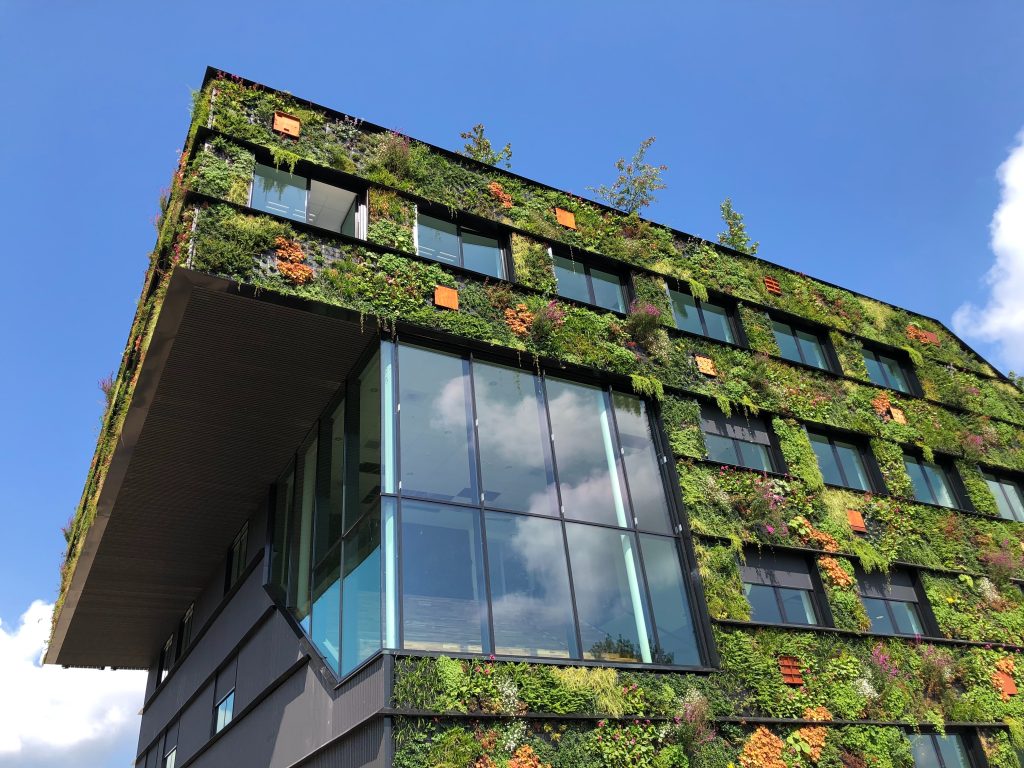JLL report finds green leases create significant rental premiums for office spaces

What are green leases and how do they work
A new report from JLL has highlighted the growing prominence of green leases and how they are helping deliver cost savings while decarbonising industrial and office spaces.
While seemingly a win-win for owners and tenants, the benefits of sustainable building and wellness solutions vary for each party, clouding motivations and affecting investment decisions.
This sort of challenge can be overcome with tools such as a green lease, which aligns the interests of building owners and tenants through clauses that include provisions for energy-efficient lighting, heating, ventilation, and air conditioning (HVAC) systems, as well as water-saving fixtures and appliances. They can also include provisions for recycling programs and other sustainability initiatives.
Through these negotiations, landlords and occupiers can overcome the split incentive roadblocks. They are designed to encourage landlords and tenants to work together to reduce energy consumption and greenhouse gas emissions.
The influence of green leasing is set to expand, a previous report from JLL titled the impact of sustainability on value found that tenant demand for “highly sustainable” commercial buildings will increase at least eight million square feet by 2030.
The report classes buildings with Grade A energy efficiency or BREEAM Outstanding certification as highly sustainable.
What are the benefits and drawbacks of green leases
Benefits:
Green leases can generate cost savings through a reduction of operational costs:
- Green leases increase the energy efficiency of homes. This has been shown to lead to a reduction in energy bills by 22% (Institute for Market Transmission IMT).
- The IMT estimates that $3.3bn could be delivered in annual cost savings across the US by introducing green savings.
Green leases which focus on energy efficiency and those that focus on health and wellbeing both increase rent premiums:
- Green building certifications yielded a rent premium of 6% and a sales premium of 7.6% between 2008 and 2016.
- Spaces certified by WELL or Fitwel – both of which focus on health and wellbeing– could attract effective rents that were 4.4% to 7% more per square foot than nearby, non-certified and non-registered peers.
Green leases additionally reduce water consumption, energy consumption and greenhouse gas emissions.
Drawbacks:
Green leases can be more expensive than traditional leases due to additional legal work.
Landlords may be hesitant to adopt green leases due to potential costs of implementing energy efficiency measures.
Report findings
JLL’s new Green Leasing 2.0: Bridging the owner-occupier divide to deliver shared ESG value report has found that the prominence and demand for green leasing has increased and highly efficient buildings receive a rental premium.
- 42% of investors and 34% of occupiers are currently implementing green clauses in lease contracts
- 37% of investors and 40% of occupiers planning to enact green lease clauses by 2025.
- Buildings with a ‘A’ or ‘B’ energy performance certificate (EPC) achieved a rental premium of 10%.
- Buildings with BREEAM ‘Very Good’ or higher certifications, meanwhile, saw a rental premium of 8%.
Industry opinion
Guy Grainger JLL global head of sustainability services
“Amid the current energy crisis and with increased pressure to meet sustainability goals, collaboration between the owner and occupier at an asset level to incorporate energy efficient solutions is critical. Existing leases, both green and non-green, do not allow this and a new model is needed with increased transparency and data sharing,”
Richa Walia, EMEA corporate research and strategy director at JLL.
“Five to 10 years ago, green leases were more around energy efficiency and waste reduction, which today are standard practice, while other dimensions such as health and wellbeing and biodiversity are now leading practice”
Read more on Firstplanit
Check out our article on how products on Firstplanit are aligned with Green Building Rating Systems
